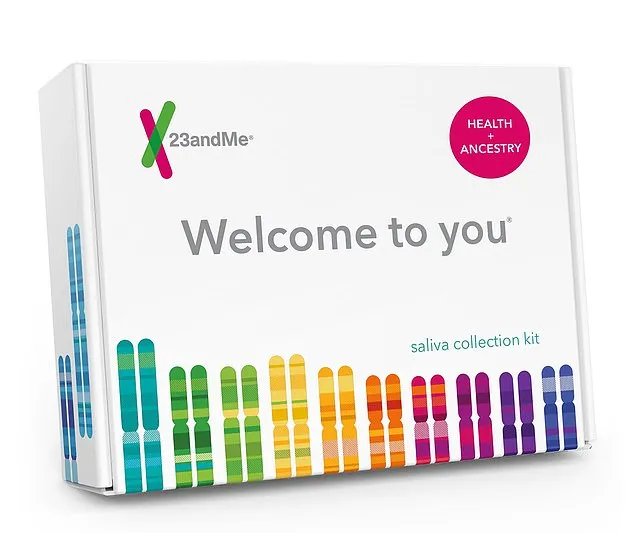Well, it’s official: 23andMe has filed for Chapter 11 bankruptcy, CEO Anne Wojcicki is stepping down, and the company is desperately trying to sell itself before it collapses completely.
Just a few years ago, spitting into a tube to unlock your ancestry was the trendy thing to do.
Now? The company is drowning in lawsuits, data breaches, and a stock price so low it might as well be trading in loose change.
So how did we get here?
From Silicon Valley Darling to Bankruptcy Court
Back in its heyday, 23andMe was a $6 billion company with celebrity endorsements, Google backing, and a waiting list of people eager to find out if they were secretly 3% Neanderthal.
But the cracks started showing early.
1. The FDA Shut Down Their Health Reports (Then They Never Fully Recovered)
In 2013, the FDA dropped a bomb: 23andMe’s health reports weren’t accurate enough to be considered medical advice. Overnight, the company lost its biggest selling point.
They eventually clawed back some approvals, but the damage was done—people stopped trusting them for serious health insights.
2. The Massive Data Breach That Destroyed Trust
In late 2023, hackers stole 6.9 million users’ genetic data—including family trees, ethnic backgrounds, and health predispositions. Even worse?
The breach exploited 23andMe’s "DNA Relatives" feature, meaning if one person in your family took the test, your data might have been exposed too.
Now, California’s attorney general is telling users to delete their data ASAP. Not exactly a confidence booster.
3. Nobody Wants Their DNA Sold to Big Pharma
23andMe’s real business wasn’t just selling test kits—it was selling your DNA to drug companies. While they framed it as "revolutionary research," many users felt betrayed when they realized their genetic info was being monetized.
4. The Market Got Saturated (And People Got Bored)
Ancestry tests were a fad, and fads fade. Once people found out they were "40% Northwestern European," they didn’t need a second test. Competitors like AncestryDNA undercut prices, and 23andMe’s growth stalled.
The Final Nail in the Coffin
Now, the company is worth just $11 million—a 99% drop from its peak. They’ve:
- Laid off 40% of their staff
- Stopped developing new drugs (Wojcicki’s big pivot)
- Begged a private equity firm for emergency cash
Even Wojcicki’s last-ditch effort to buy the company herself was rejected by the board. Now she’s stepping down, possibly to bid on the wreckage.
So… Is This the End?
Probably. The company claims it’s "business as usual," but let’s be real—nobody’s rushing to buy a DNA-testing firm with a history of leaks, lawsuits, and sinking revenue.
The Lesson Here?
- Your data isn’t safe just because a company has a cool app.
- Hype doesn’t last forever—especially when regulators and hackers get involved.
- Maybe don’t spit in a tube unless you’re okay with your DNA being sold to the highest bidder.
RIP, 23andMe. You had a good run—until you didn’t.



